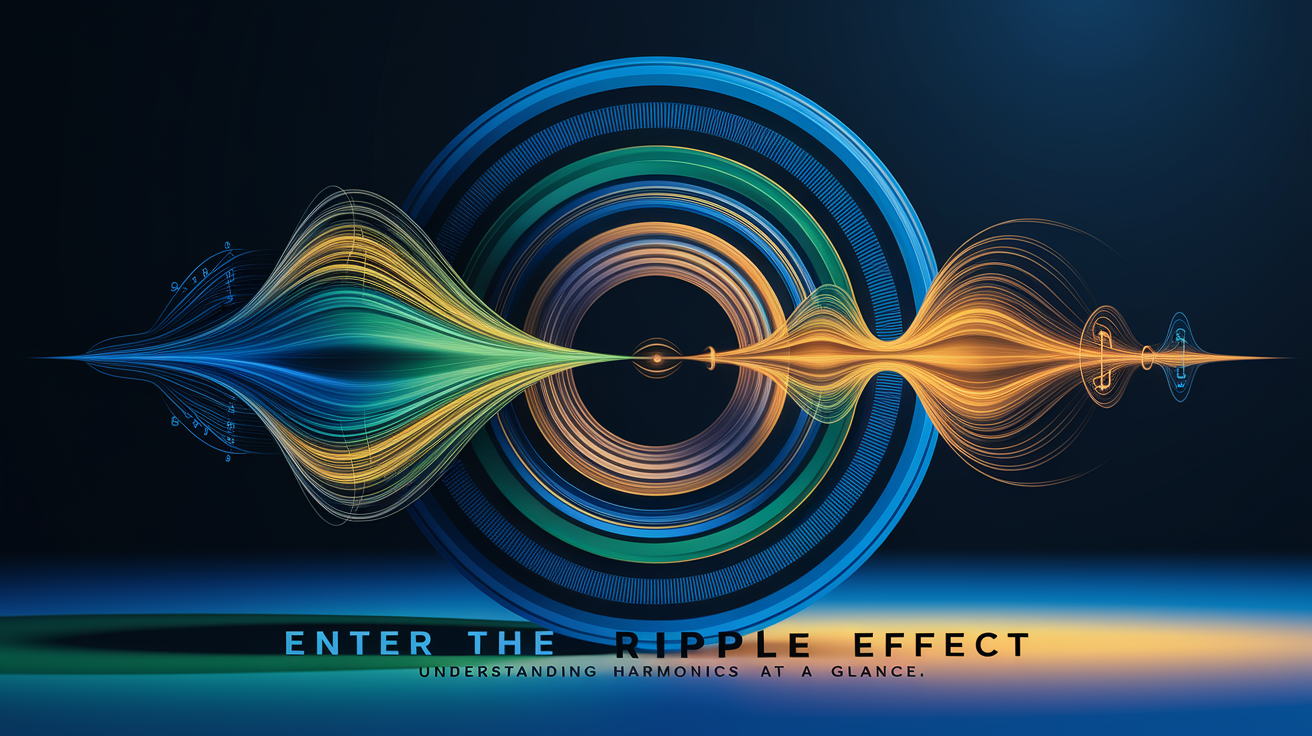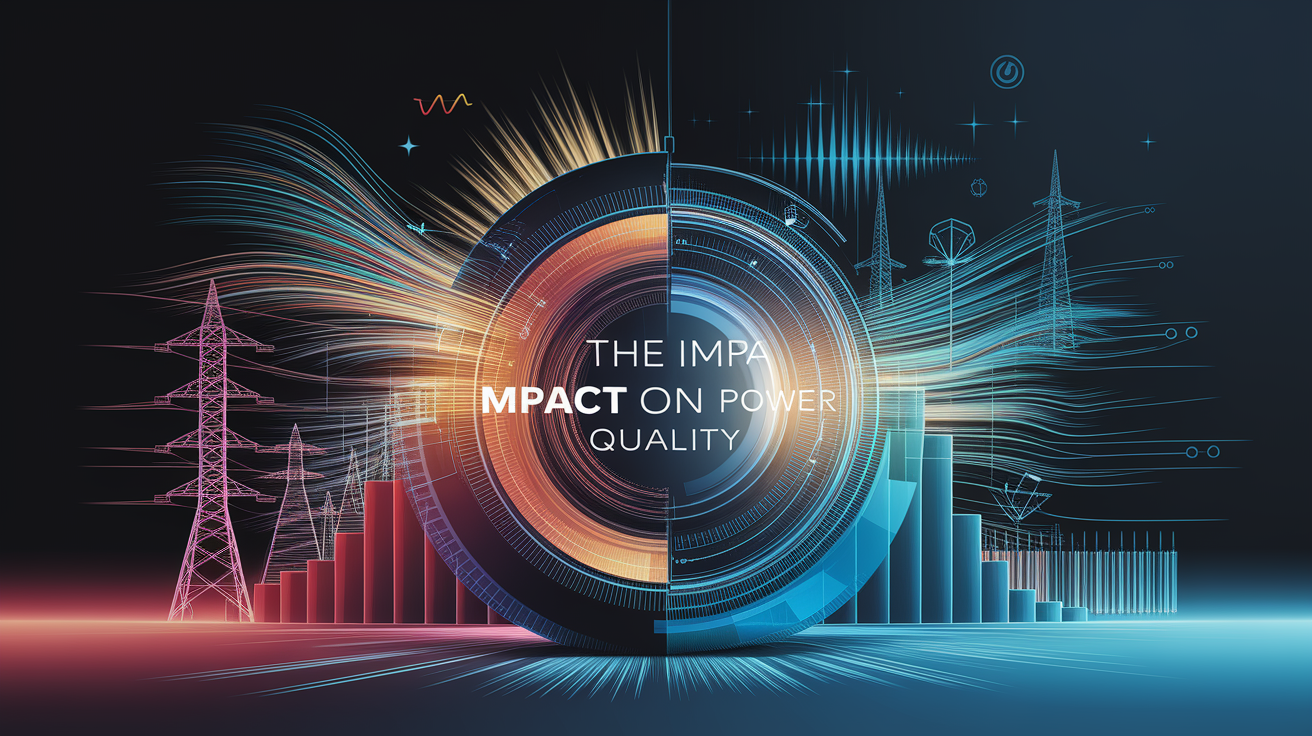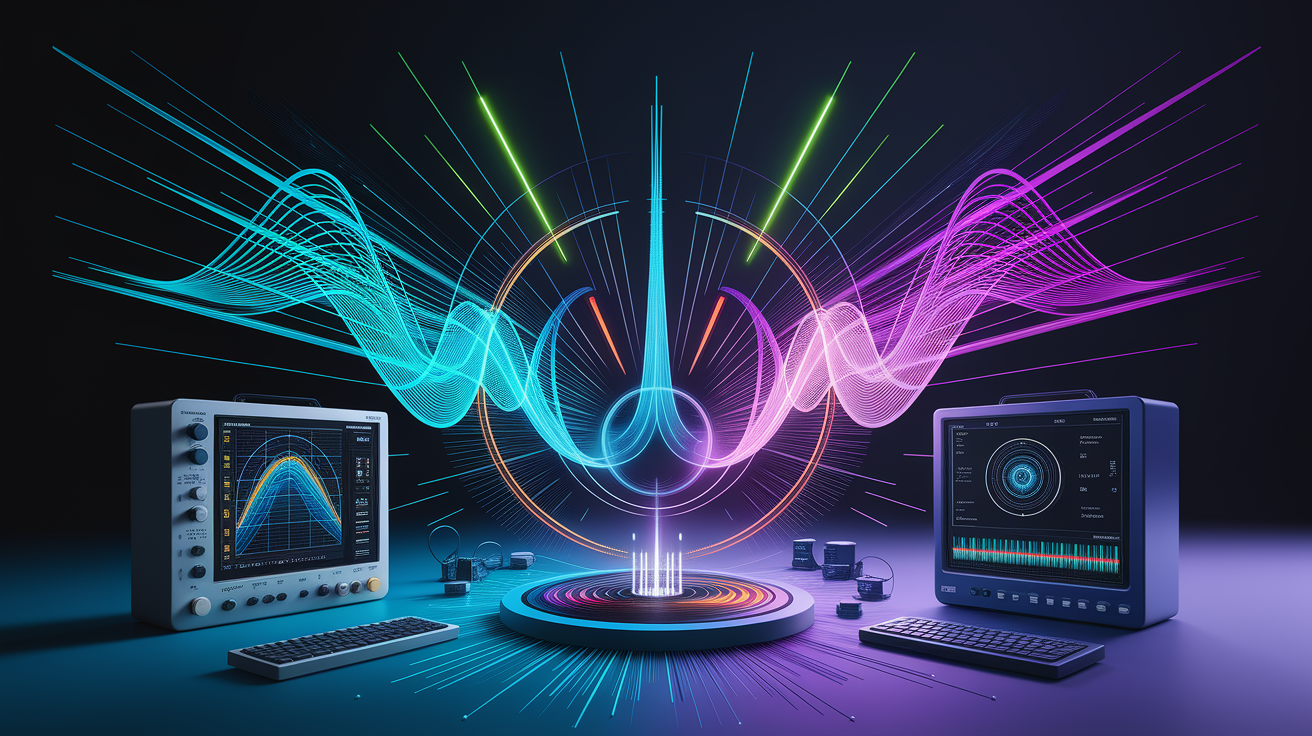Taming the Waves: Solar Inverter Harmonics & Power Quality
Enter the Ripple Effect: Understanding Harmonics at a Glance
As photovoltaic systems continue to scale across rooftops and utility-scale installations, the role of the solar inverter extends beyond simply converting DC to AC. It directly shapes the conversation around power quality. One of the most significant contributors to waveform deviations in modern renewable energy systems is harmonics—a set of frequency components that ride alongside the fundamental 50 Hz or 60 Hz signal.

Even when individual inverters produce low total harmonic distortion (THD), typically below 3% for quality grid-tied units, cumulative effects from multiple devices and loads can create system-level issues. Recognizing and addressing harmonic behavior isn’t just a matter of compliance—it’s a pathway to efficiency, reliability, and long-term asset protection.
What Are Solar Inverter Harmonics?
Harmonics in solar inverters emerge primarily from the pulse width modulation (PWM) switching process, the core control method used to generate AC waveforms. While PWM enables precise voltage regulation and grid synchronization, its high-frequency switching introduces distortions that appear as harmonic and supraharmonic components on the current and voltage waveforms.

According to a technical white paper on inverter harmonics, these frequency components often extend well beyond the low-order harmonics into bands between 2 kHz and 12 kHz, known as supraharmonics. These can cause:
- Waveform distortion affecting connected loads
- Electromagnetic interference (EMI) impacting electronic devices
- Increased heating losses in transformers and conductors
To limit these effects, standards such as IEEE 1547 and UL 1741 prescribe stringent THD thresholds and require embedded filtering in inverter designs.
The Impact on Power Quality
Power quality refers to the stability and purity of voltage and current waveforms supplied to the grid and end-use equipment. Harmonic distortion from solar inverters, especially in aggregated systems, can negatively impact power system stability and raise operational costs.

Major issues tied to excessive harmonics include:
- Additional thermal stresses on cables, generators, and transformers
- Inefficiencies in power delivery, lowering energy yield
- Misoperation of sensitive industrial controls or medical devices
- Voltage unbalance in three-phase systems when single-phase inverters are unevenly distributed
As detailed in a power quality assessment report, a single high-quality grid-tied inverter might exhibit acceptable distortion levels, but the combined action of many inverters and other nonlinear loads can push THD above the limits stipulated by IEEE 519 guidelines.
Measuring and Monitoring Harmonics
Effective power quality monitoring is crucial to detect, quantify, and address harmonic issues before they cause significant grid integration problems. Modern harmonic analysis tools measure both voltage and current distortions across the frequency spectrum, from low-order (3rd, 5th, 7th) harmonics to high-frequency supraharmonics.

Key Measurement Methods
- Power Quality Analyzers: Portable or fixed devices that monitor THD, frequency spectrum, and transient events
- Oscilloscopes with FFT Analysis: For detailed waveform and harmonic component breakdown
- Smart Inverter Diagnostics: Embedded monitoring features in advanced inverter models for real-time reporting
Routine monitoring ensures that harmonic emissions stay within compliance and allows operators to take corrective action promptly.
Mitigation Strategies for Clean Power
Maintaining low harmonic distortion in a PV system starts with design and extends through ongoing operation. Compliance with standards like IEEE 1547, UL 1741, and FCC Part 15B ensures baseline control of emissions and electromagnetic compatibility. But system operators can go further by implementing targeted solutions.
Inverter-Level Mitigation
- Integrated LC or LCL filters to attenuate switching noise
- Advanced control algorithms to minimize harmonic generation at source
- Optimized switching frequency selection for reduced electromagnetic interference
System-Level Mitigation
- Balanced three-phase loading to avoid voltage unbalance
- External harmonic filters at the point of common coupling (PCC)
- Coordinated dispatch of inverters to flatten aggregated harmonic impact
Resources such as harmonic mitigation guides provide detailed approaches for both system integrators and operations teams.
Harmonizing Your Solar Setup: Key Takeaways
The technical precision of solar inverter design directly influences the quality of the power it delivers. While modern inverter technology keeps THD to low levels in isolation, the growing penetration of distributed PV means harmonic management must be proactive and system-wide.
- High-quality grid-tied inverters generally achieve THD levels under 3%, meeting most grid codes.
- Aggregate effects from multiple PV systems and other nonlinear loads can push distortion above compliance limits.
- Regular harmonic analysis and power quality monitoring are essential for maintaining compliance and protecting equipment.
- Combining inverter-integrated filtering with system-level mitigation strategies delivers the best results.
By integrating harmonic considerations into planning, commissioning, and maintenance, operators can safeguard both grid stability and return on investment—ensuring that the move toward renewable energy continues to deliver not just clean power, but clean quality power.







